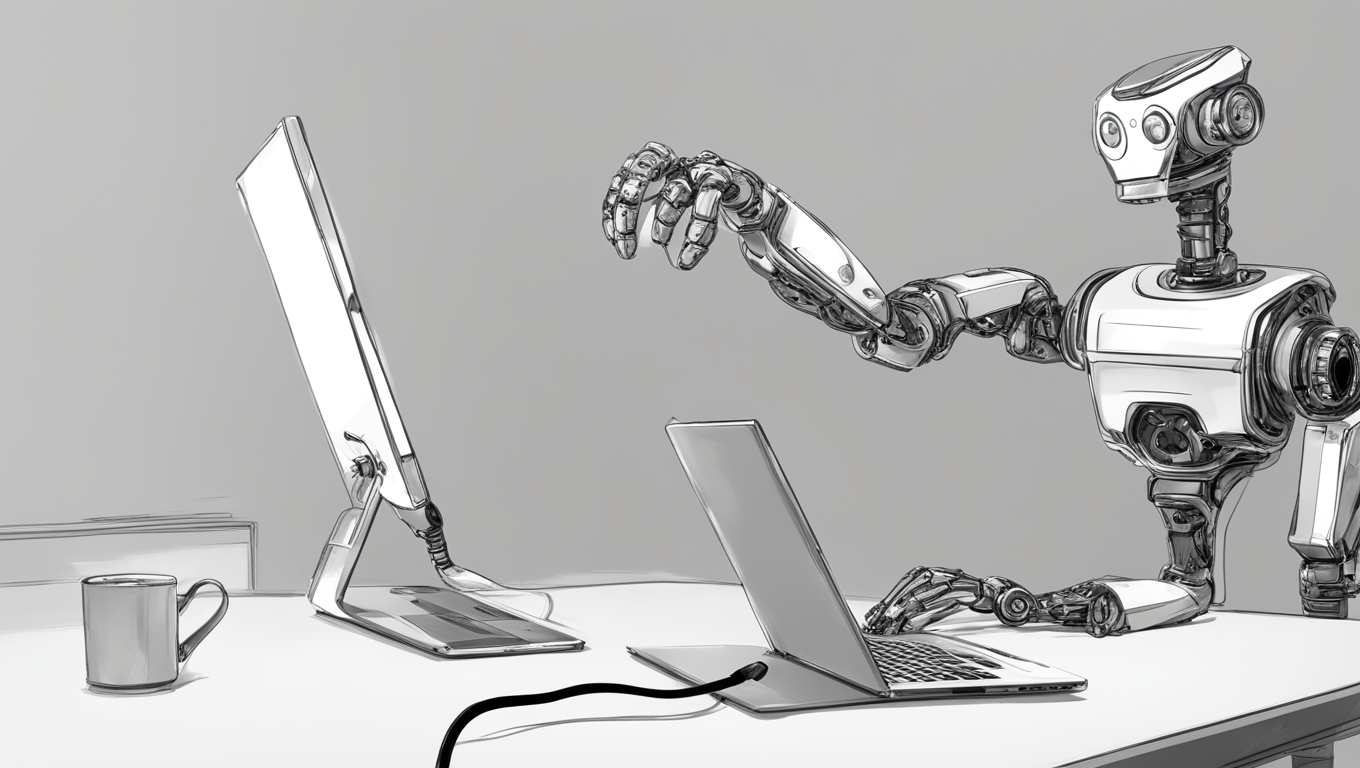In September 2023, OpenAI introduced GPT-4 Vision, a groundbreaking feature that allows users to analyze images using the GPT-4 model. This integration of image analysis with the capabilities of GPT-4 is seen as a significant advancement in the field of artificial intelligence.
GPT-4 Vision, also known as GPT-4V, is a large multimodal model (LMM) that combines image, text, and audio inputs to generate responses. Users can upload an image and ask questions about it using the visual question answering (VQA) task. This opens up a range of possibilities for researchers, web developers, data analysts, and content creators.
One of the key capabilities of GPT-4 Vision is its ability to process various types of visual content, including photographs, screenshots, and documents. It can identify objects within images, analyze data displayed in graphs and charts, and even interpret handwritten and printed text. This bridging of visual understanding and textual analysis is a significant advancement in AI technology.
GPT-4 Vision has numerous practical applications. For researchers, it can aid in interpreting historical documents and manuscripts, saving time and resources. Web developers can now write code for websites simply based on visual images of designs, including sketches. Data interpretation becomes easier with GPT-4 Vision, as it can unlock insights based on visuals and graphics. Content creators can also benefit from the combination of GPT-4 Vision and DALL-E 3, creating engaging posts for social media.
While GPT-4 Vision is a significant leap forward in accuracy and reliability, it is not infallible. OpenAI advises users to verify the content generated by the model, as it can make mistakes. The model also has limitations and inconsistencies, and OpenAI cautions against using it for tasks that require precise scientific, medical, or sensitive content analysis.
It’s important to note that GPT-4 Vision is not the first or only LMM; other models like CogVLM, LLaVA, and Kosmos-2 also exist. However, the integration of image analysis with GPT-4 sets it apart and showcases the potential of multimodal models in AI research and development.
OpenAI recognizes the challenge of social bias and worldviews within GPT-4 Vision. The model has been trained to avoid identifying specific individuals in images, which OpenAI refers to as ‘refusal’ behavior. This is a proactive measure to address privacy concerns and potential misuse of the technology.
GPT-4 Vision marks a significant milestone in AI-driven image analysis. Its ability to process and interpret visual content opens up new possibilities in various fields. However, it is important to approach its results with caution and verify the generated content. With further improvements and refinements, GPT-4 Vision has the potential to revolutionize image analysis and bring us one step closer to the future of AI.





Use the share button below if you liked it.